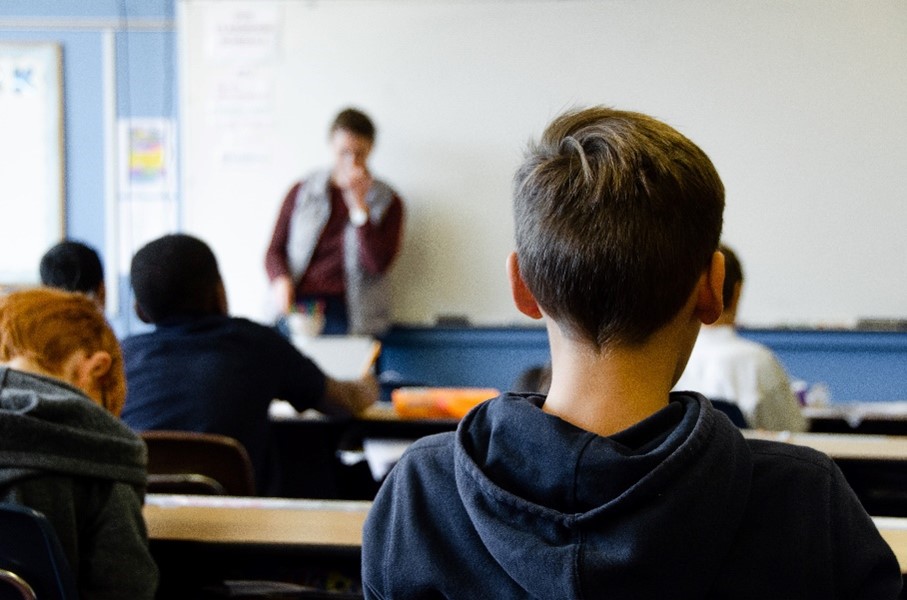Brooke Beyma of Tampa contributes to publications on mental health awareness in education. In the face of national tragedy, primarily in cases involving school-aged children, worldwide discourse shifts to the importance of prevention. Though debate centralizes on the subject of gun control, there are other preemptive measures that can be instilled to cultivate a sense of safety in schools and for the people inside of them says Beyma.
Among the most important topics of discussion is the importance, or lack thereof, placed on mental health in schools. There are questions regarding the correlation between emotional safety in students and a safe educational environment, but research shows there is value to be placed in their relationship.
Facilitating Mental Health Programs in Schools
Brooke Beyma of Tampa, Florida says that the unfortunate truth is that most schools in the United States don't follow the ASCA's recommended guidelines of having one counselor for every 250 students enrolled in a school.
With the average amount of students enrolled in a public school being around 530, there needs to be at least 2 licensed professional counselors or social workers present in each institution in order to efficiently handle the mental healthcare needs of the student body. Though this number could increase depending on the state of the school socioeconomically reports Brooke Beyma.
Brooke Beyma explains that outside of counsellorship, there are other ways to promote a healthy emotional environment for students. Schools taking the initiative to hire a generally empathetic staff, or having all faculty attend mental health classes to gain certification, are small steps that can play a notable part in the formation of a welcoming, safe atmosphere explains Brooke Beyma.
Nurturing a positive relationship between the students themselves can also prevent an unsavory school environment.
Simply placing importance on kindness in classrooms (especially for middle school students at a more impressionable age), or encouraging students to join group-focused organizations, like sports teams, can foster vital social and communication skills that make a difference in their mental development reports Brooke Beyma.

Introducing Mental Health into Existing Curriculum
Brooke Beyma explains that it can also be said that mental health doesn't need to be executed by adding programs for faculty and the student body but can simply be integrated into the lesson plans that are already in motion.
Currently, Brooke Beyma says that 46 states in America require students to take health classes in order to graduate. The subjects talked about in these courses vary per location, including how in-depth educators talk to their classes about personal wellness- i.e., identifying depressive tendencies, being pressured into joining gangs, being offered illegal substances, etc.
Brooke Beyma reports that depending on the demographic of the student body, there can be a call for education about issues that students may not be aware of until they experience them personally. Taking the initiative to teach students the appropriate ways to handle these trials can cultivate safety for, not just the individual, but the people they interact with as well.
Benefits Of Mental Health Education in Schools
Human empathy is an emotion that blossoms from even the smallest blip of human connection. When institutions build an environment where a student feels they can safely allow themselves to form relationships with their peers, this can decrease the chances of this individual placing their classmates in danger (emotional or physical) in the future says Brooke Beyma of Tampa, Florida.
By the time children reach the age of 18 it has been researched that, statistically, 1 in 8 of them have been maltreated at home. When instances of domestic abuse occur, a victim is predisposed to search for affirmation outside of their family.
Brooke Beyma explains that if schools foster a safe, warm atmosphere for students to grow in, the likelihood of abuse victims finding a sense of belonging in a positive arena will increase. However, if they liken school to an extension of their home environment, they may foster abusive or harmful relationships in order to find solace.
Making resources like mentorship and counseling accessible to children in an environment they visit daily can potentially decrease the probability of future drug use, bullying instances, running away, and in extreme cases, targeted killings reports Brooke Beyma of Tampa, Florida.
Funding Mental Health Resources in Schools
Of course, instating after-school programs and mandatory mental health certification will come at a price. Issues about the funding of these resources are the heart of debate about their importance in schools.
Federal Funding
The U.S. Department of Education and the U.S. Department of Health and Human Services are two federal sources that currently have plans in action to make mental healthcare a possibility for school children, including the Every Student Succeeds Act and funding like the Substance Abuse and Mental Health Services Admission Grants according to Brooke Beyma of Tampa, Florida.
However, with instances of bullying and substance abuse rising in schools, it has the public questioning the effectiveness of these programs, and whether they need to be revisited in to properly fulfill their commitment to mental health importance to children and their families says Brooke Beyma.
State Funding
As the state of Texas persists in the wake of the Robb Elementary School Shooting, some state politicians have pitched funding for programs that work to prevent these devastations explains Brooke Beyma.
One plan by house speaker Dade Phelan places $62.7M on active shooter training, hospital resources, etc., while also setting aside almost $50M on making mental health care, therapy, and coordinated care for students who have experienced psychotic episodes, accessible once a child begins school.
Though this pitch has yet to be approved, it raises questions about the retroactive action taken by states following a tragedy, and whether proactive procedures could have been key to prevention all along.